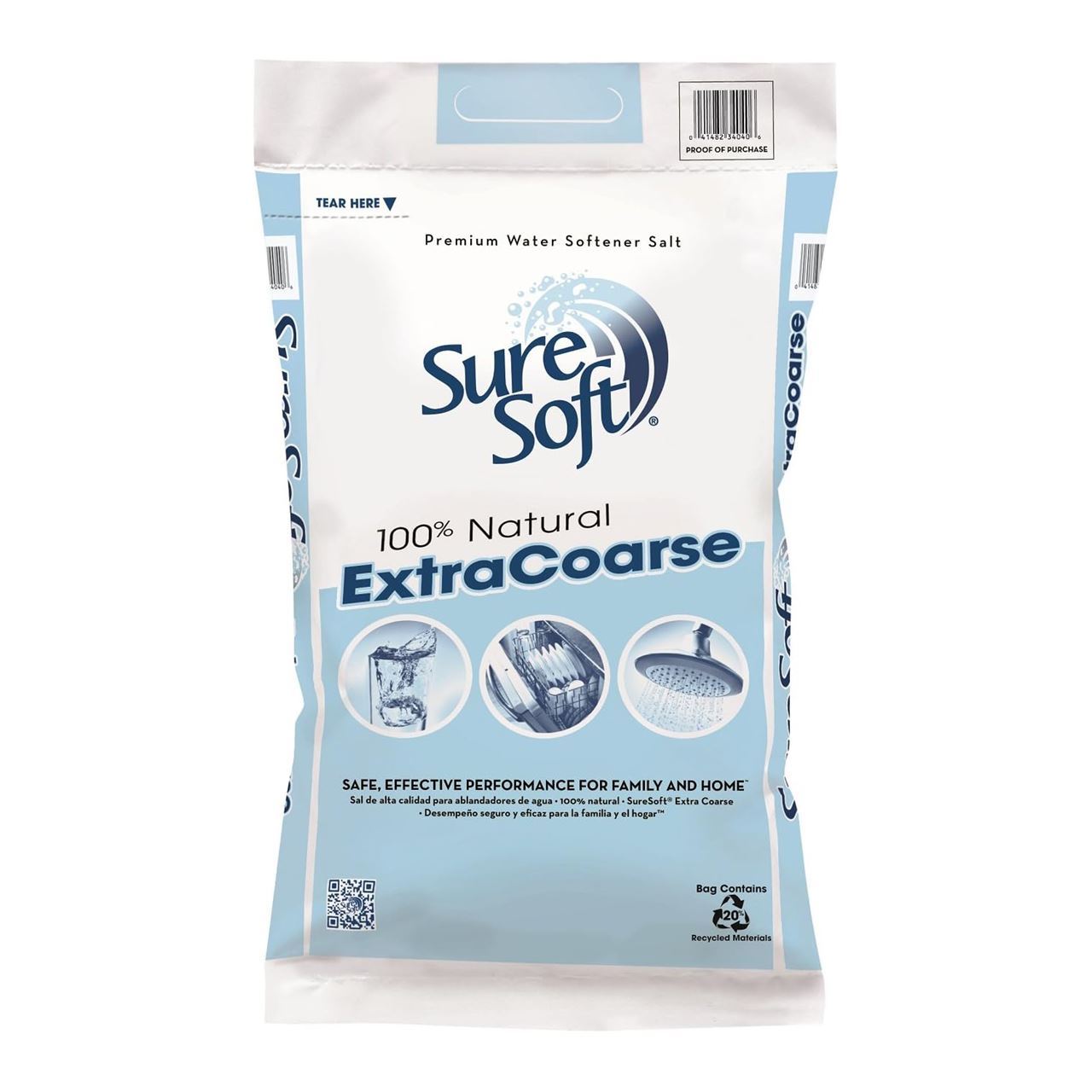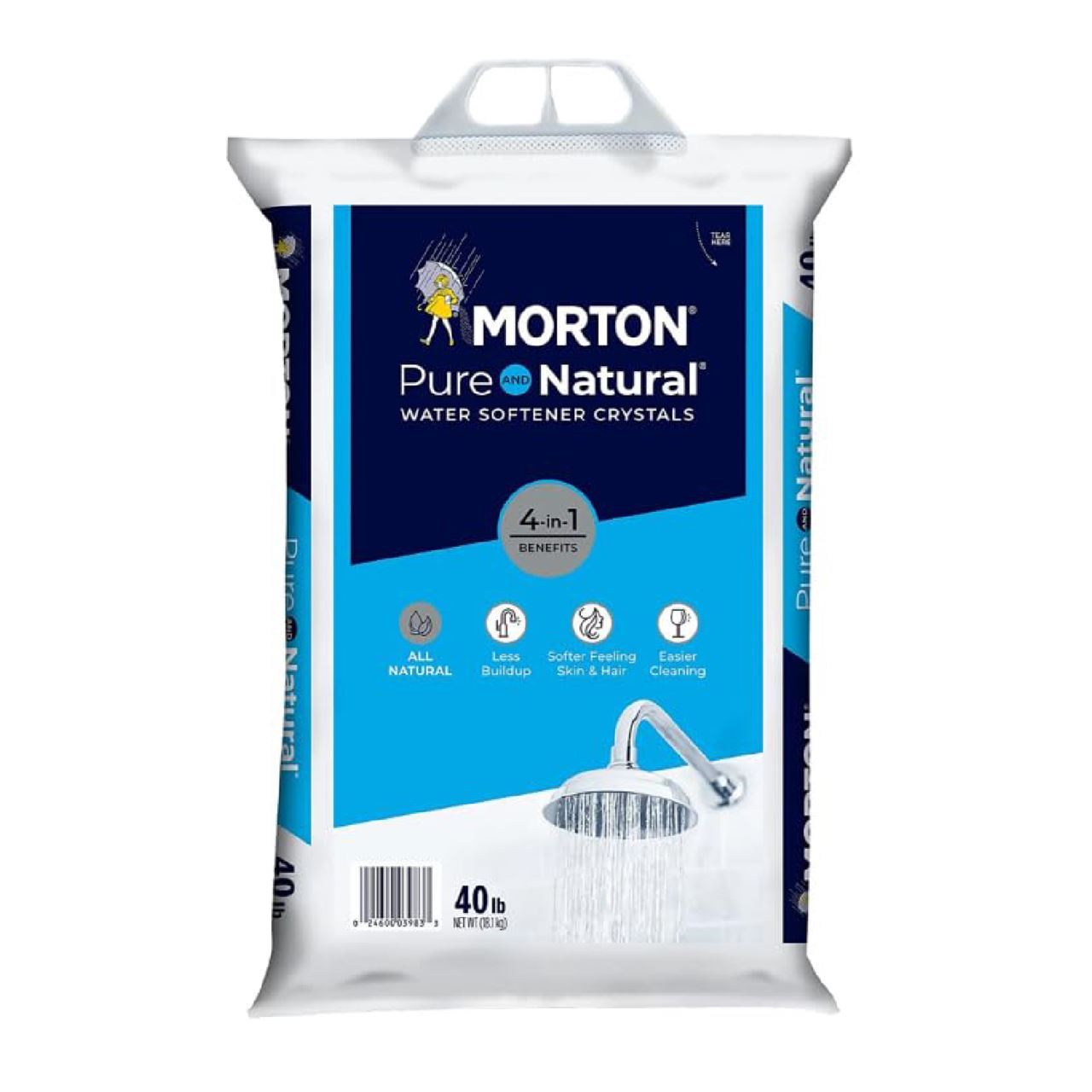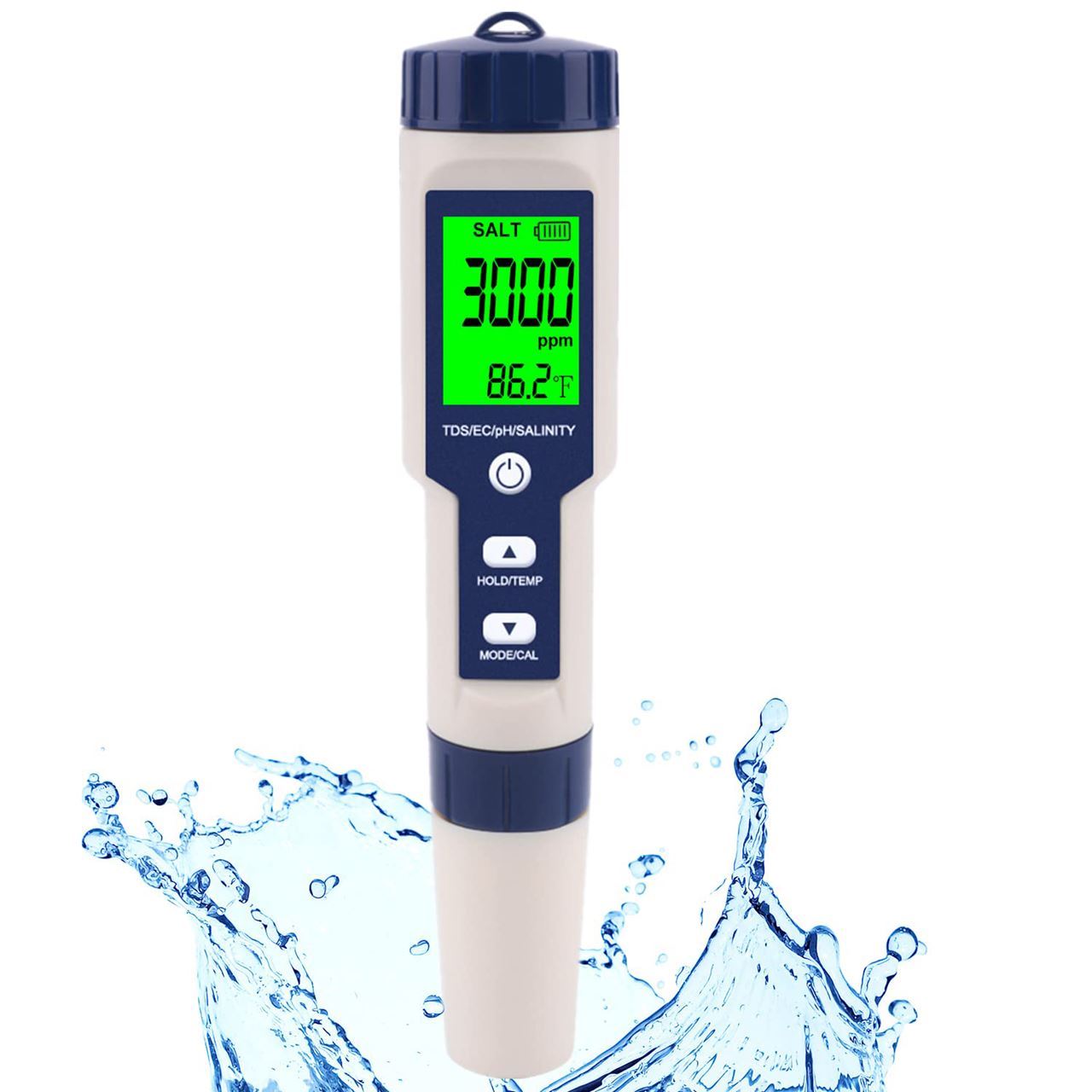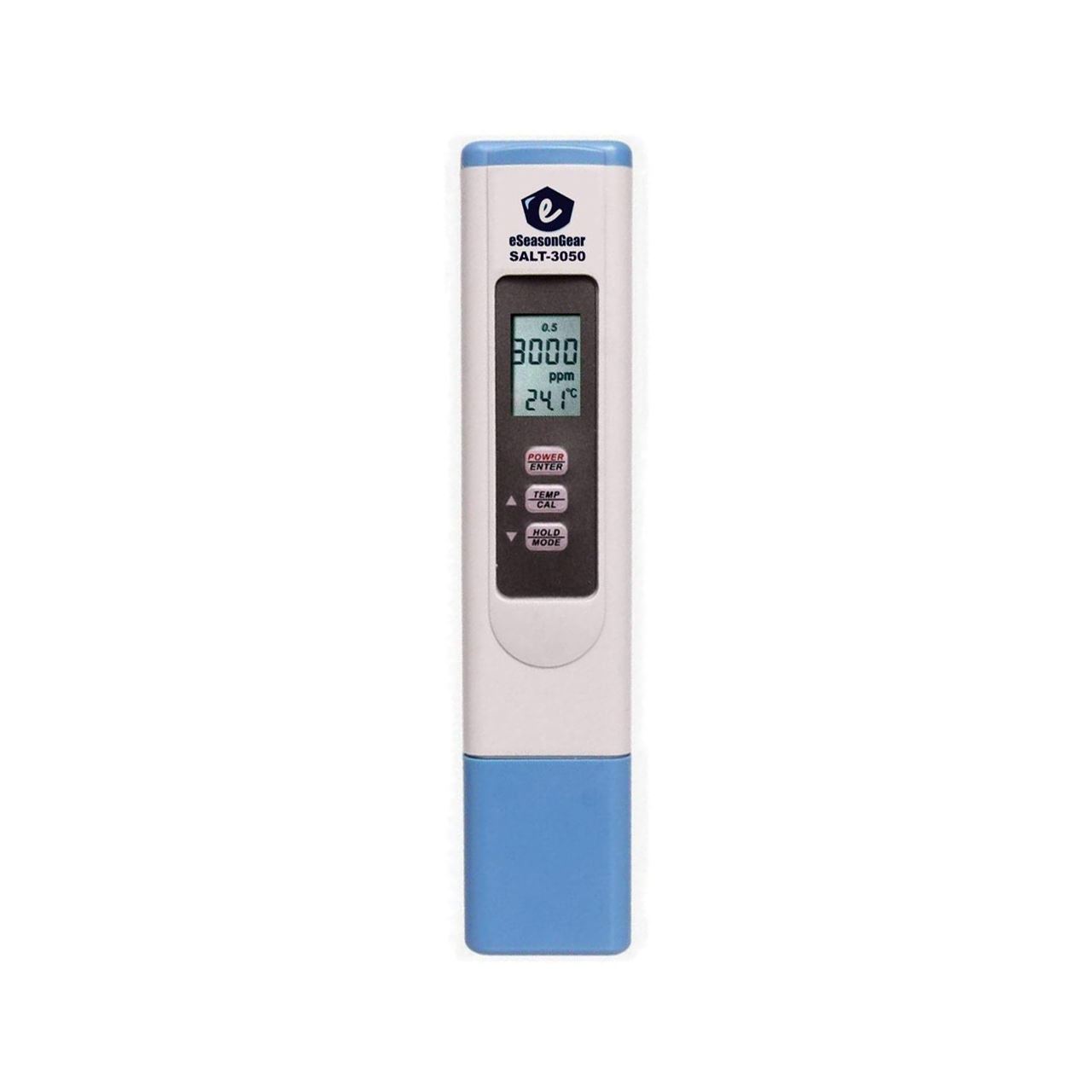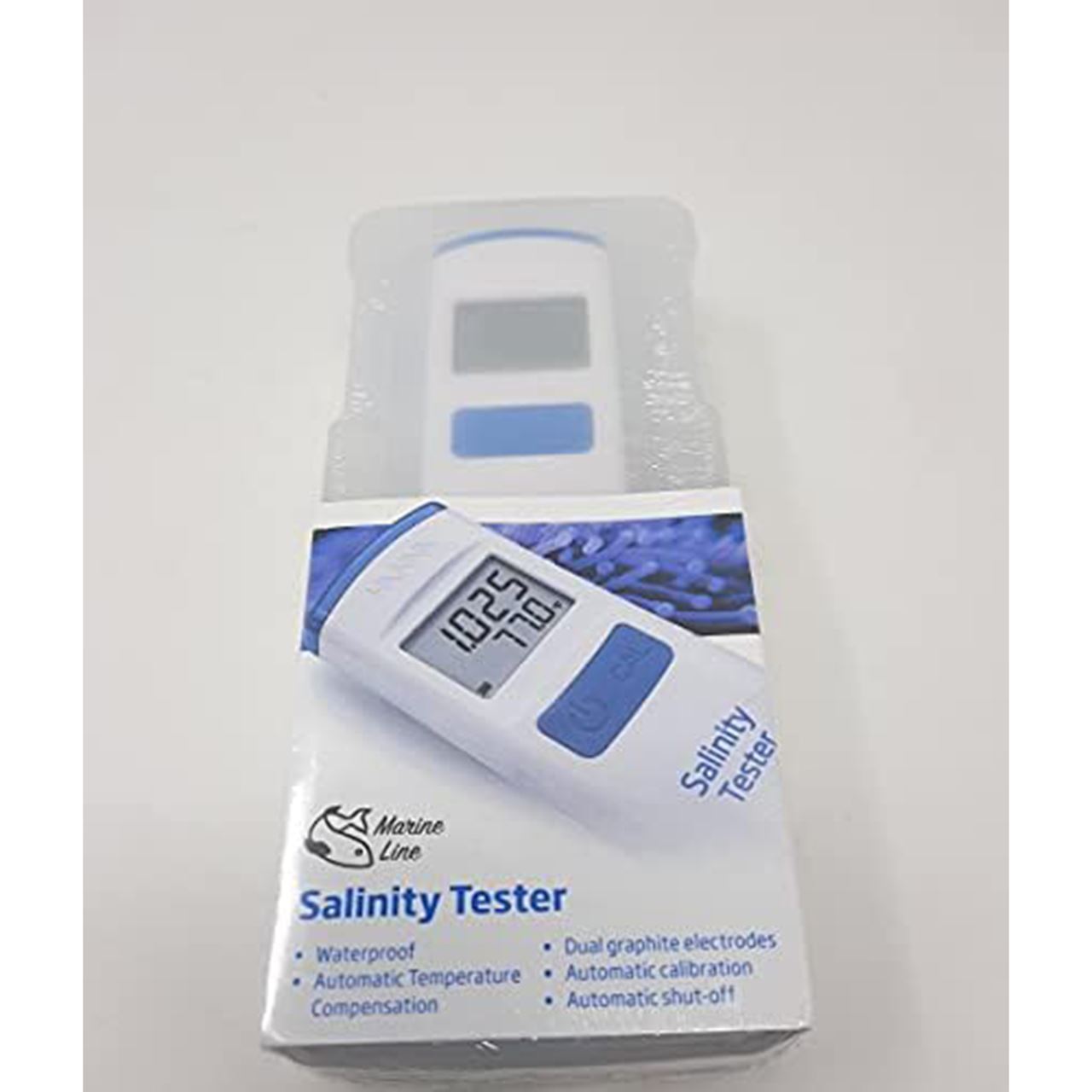EASY PEASY NO MATH POND VOLUME CALCULATOR
WHY CALCULATE POND VOLUME? | Knowing the volume of a koi pond is crucial for several reasons:
The most accurate way to calculate water volume in your pond is to use dissolved salt measurements. This calculation will include water within the plumbing, filtration, and attached water features. |
TOOLS NEEDED |
SaltNon-iodized Sodium Chloride (NaCl) pure salt with no additives. This kind of salt is inexpensive and is sold in hardware stores for water softeners. Check the label for 100% NaCl. Here are a few examples: |
Salt MeterSalt meter prices ranges from under $30 for an inexpensive salt meter designed for pools and spas to about $80 for Hanna Instruments (Koi Jack recommended). Click on the examples below for purchasing links. |
Pen, Paper, and Tape Mesure |
Let's Get to Business! |
Step 1Let's figure out how much salt to add to the pond. Use the tape measure to get approximate average measurements for the length, width, and depth of the pond in feet. Enter the measurements into the calculator below. |
Step 2Measure the pond salinity. Note if your meter is using PPM (parts per million), PPT (parts per thousand), or %. ***Tip: give your salinity meter about a minute to produce an accurate measurement. Step 3Write down the amount of salt you will be adding to the pond (from the calculator above) and the pond salinity with the unit of measure from Step 2. Step 4Add the amount of salt you calculated in Step 1 to the pond. Step 5Wait about 24 hours Step 6Measure the pond salinity. Make sure you have your meter set to the same unit of measure as you did in Step 2! ***Tip: give your salinity meter about a minute to produce an accurate measurement. Step 7To use the volume calculator, you need your salinity measurement in PPM. If your meter is in PPT or percent (%) - Click HERE to convert your two measurements to PPM. Step 8Enter your initial pond salinity in PPM, pond salinity after 24 hours, and the amount of salt (in pounds) added into the calculator below. |

